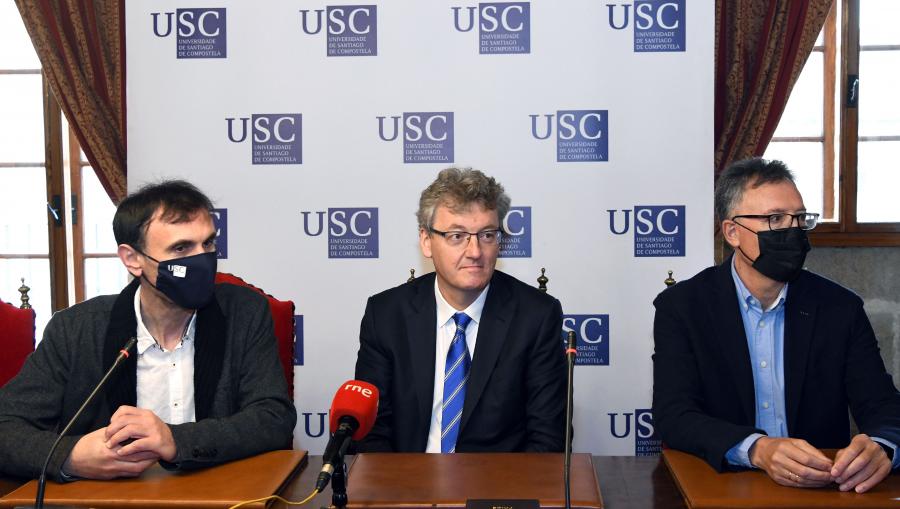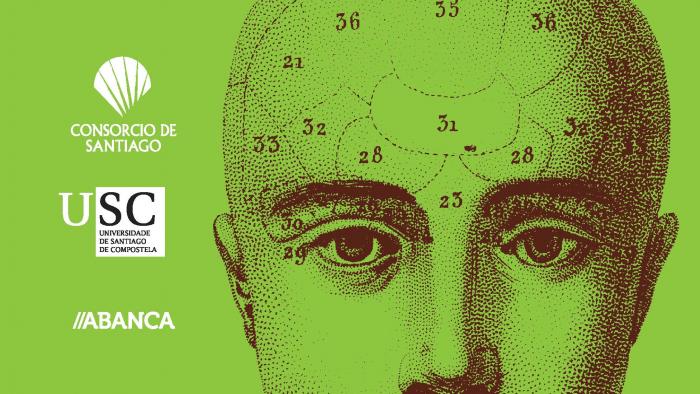
The ability to manufacture molecules is fundamental in the progress of humanity. For this, the so-called catalysts are key substances that control and accelerate chemical reactions, without being part of the final product. For example, in cars they transform toxic substances from the exhaust pipe into harmless molecules. Our body also contains thousands of catalysts, which regulate the formation of the molecules necessary for life.
For a long time it was thought that there were only two types of catalysts, until David MacMillan and Benjamin List discovered a third way, the so-called asymmetric organocatalysis, based on small organic molecules.
David W. C. MacMillan was born in Bellshill (Scotland) in March 1968, into a working family. After a secondary education of which he is very proud, he studied chemistry at the University of Glasgow. In 1991 he moved to the United States, to do his doctoral thesis at the University of California - Irvine, which he finished in 1996. After a two-year postdoctoral stay at Harvard University, he began his independent work at the University of Berkeley in 1998. It was there that his group did the first experiments that led, in 2000, to a key publication in the Journal of the American Chemical Society, in which he described the first examples that allowed conceptualizing the field of asymmetric organocatalysis, for which he would receive the Nobel Prize in 2021 together with Benjamin List, who in the same year published another article in the same journal, with an alternative organocatalysis strategy.
With it, certain chemical substances are converted into much more valuable products, in an environmentally sustainable and economical way, something of enormous relevance at an industrial level, especially in the pharmaceutical field.
In addition, the organocatalysts that direct these transformations allow obtaining only one of the two mirror forms in which many products usually exist (mirror forms such as the right and left hands); what is vital so that they can carry out their biological or technological function in the ideal way.

















